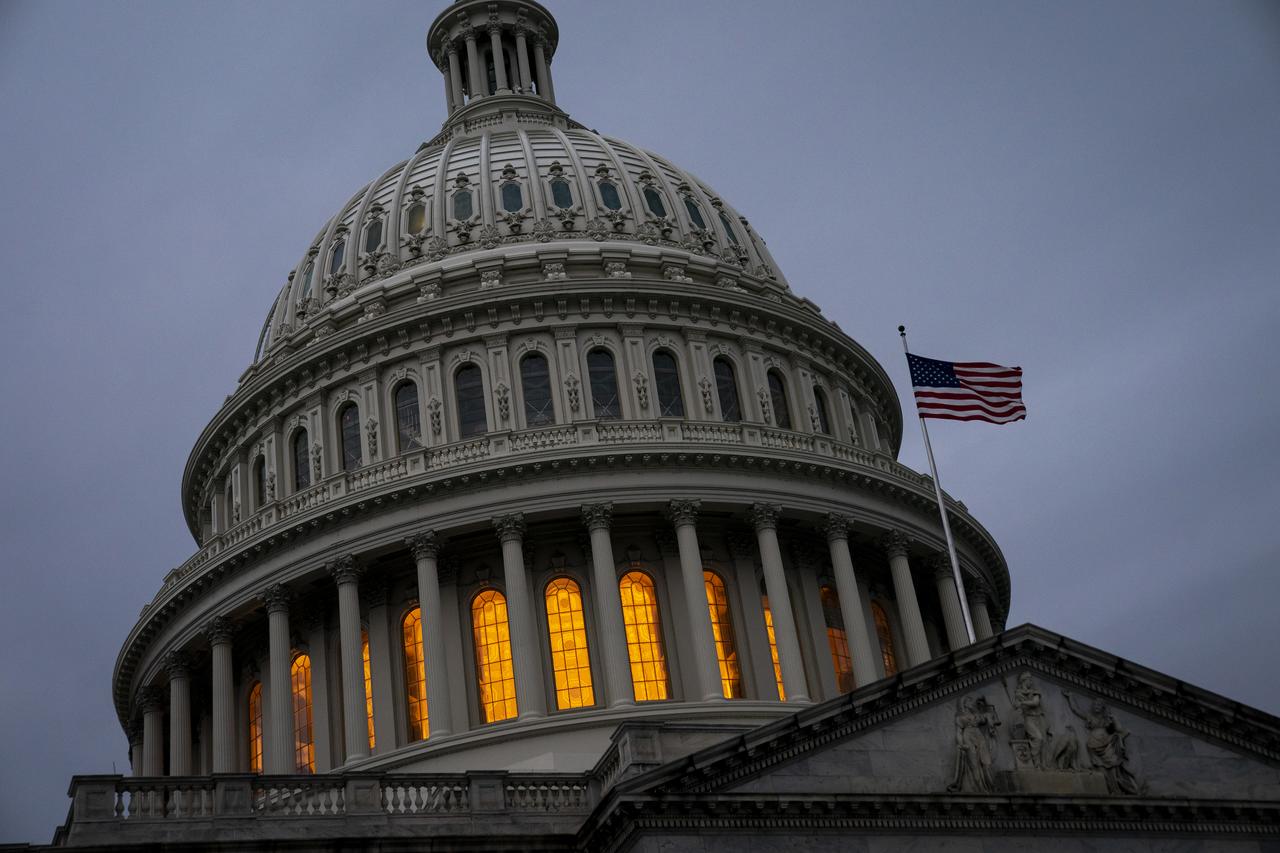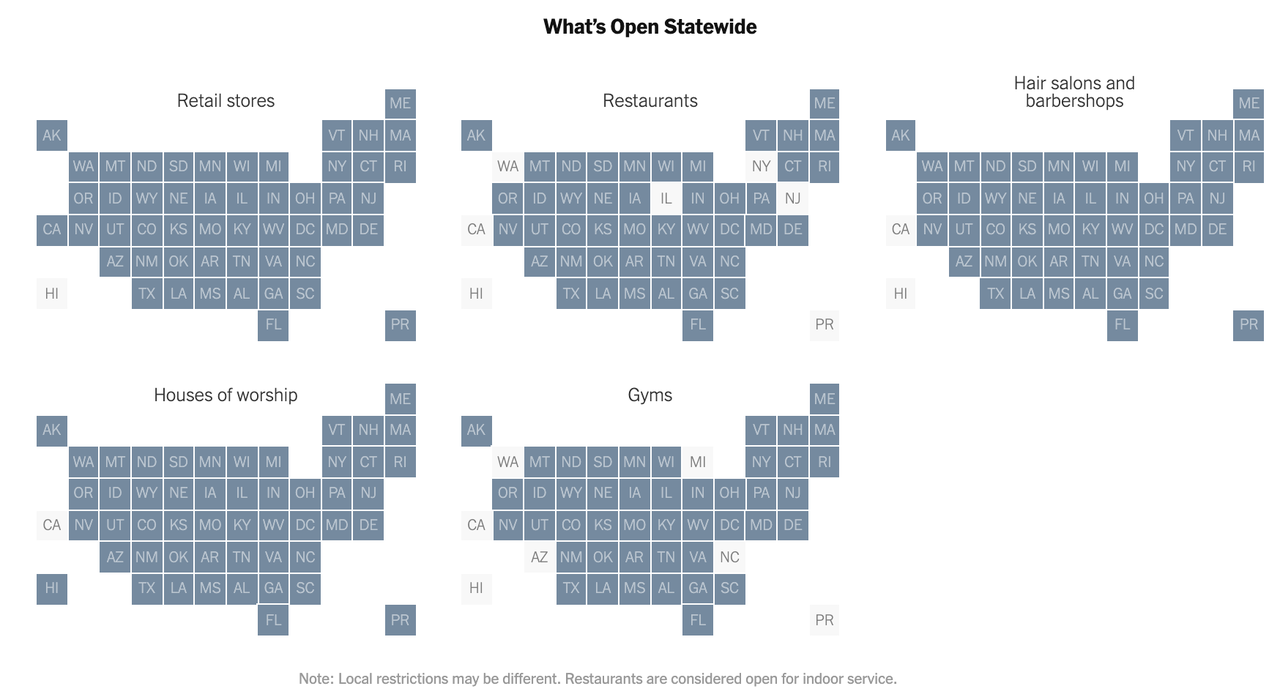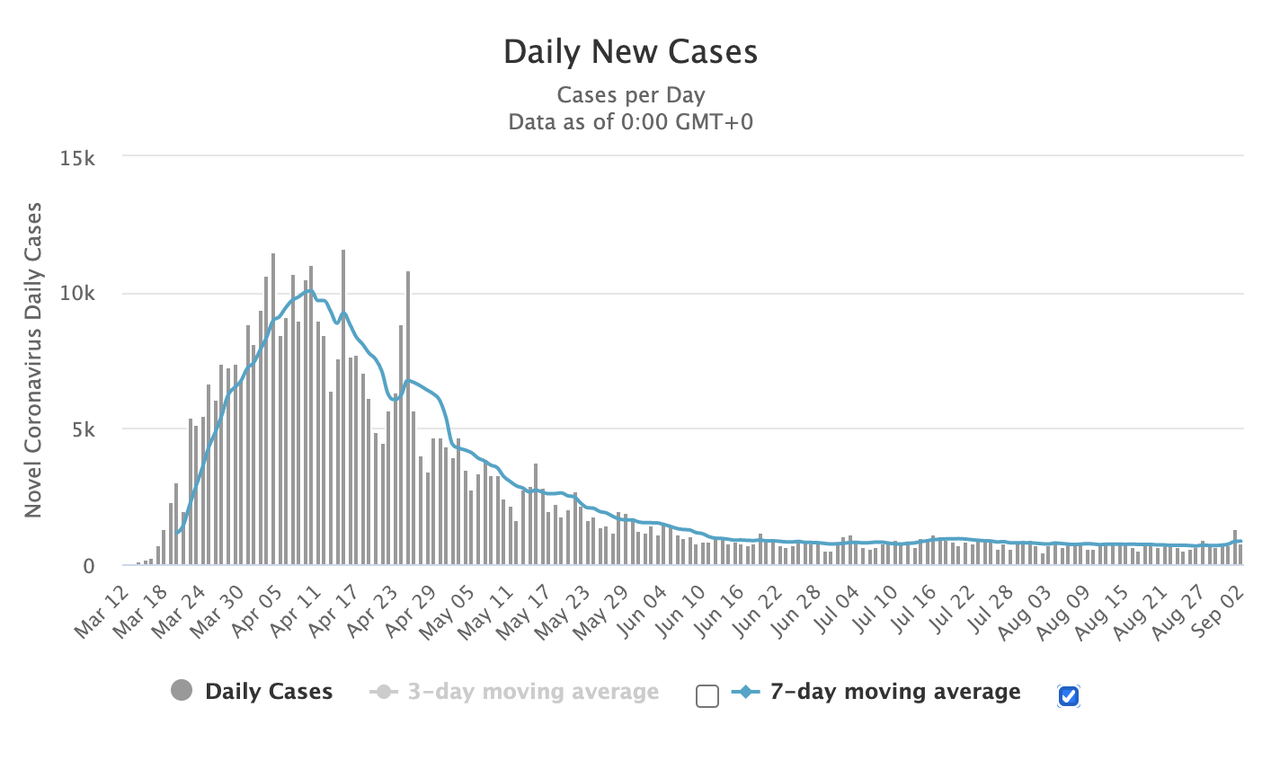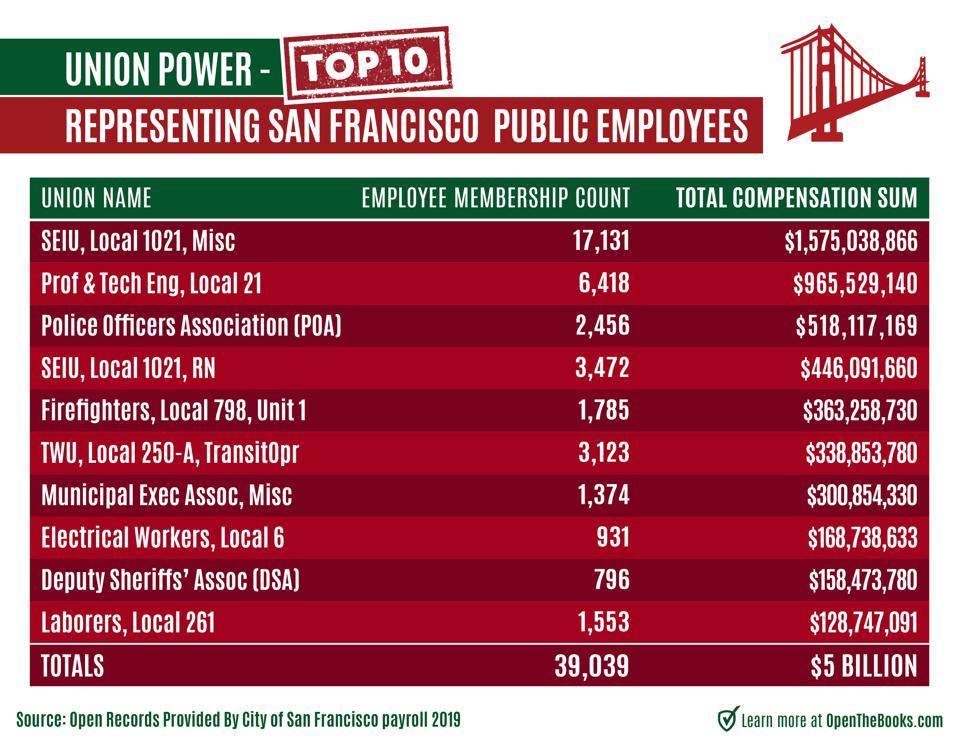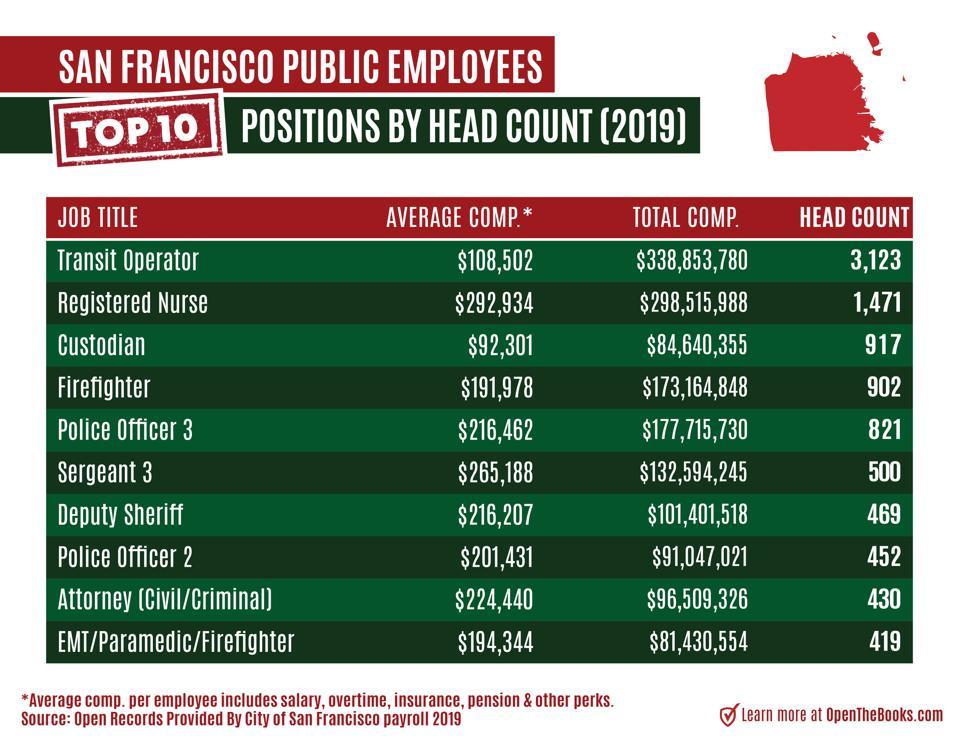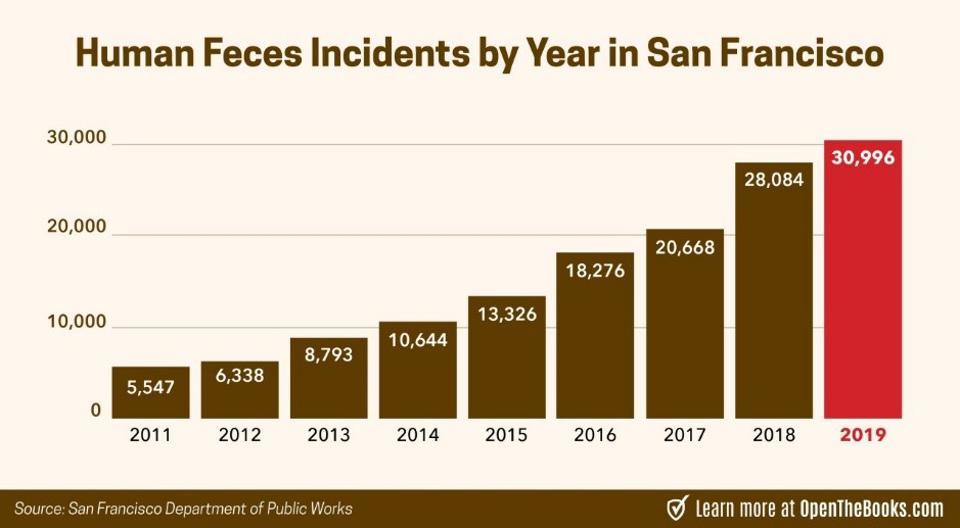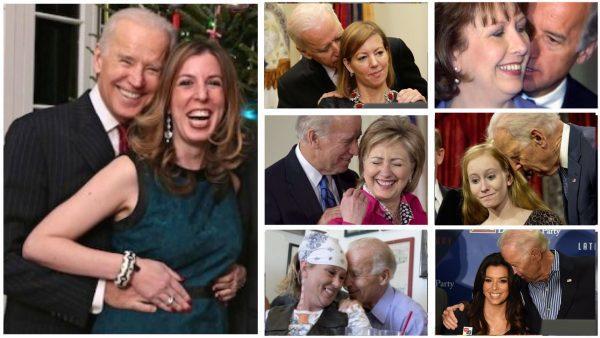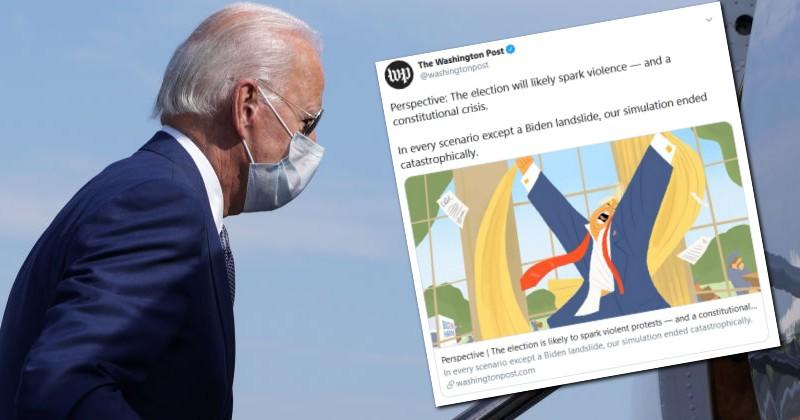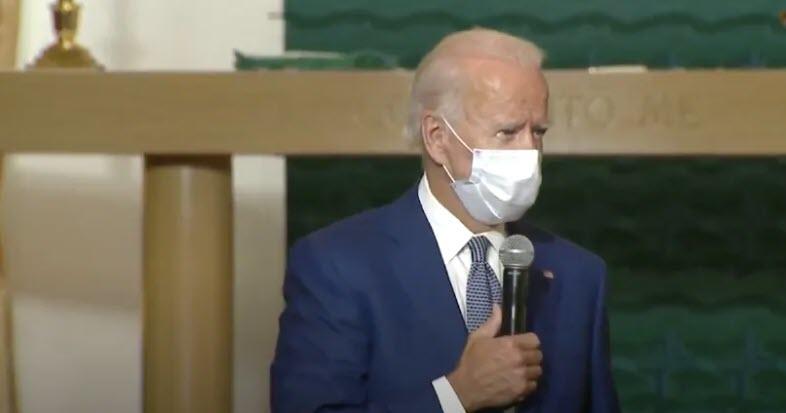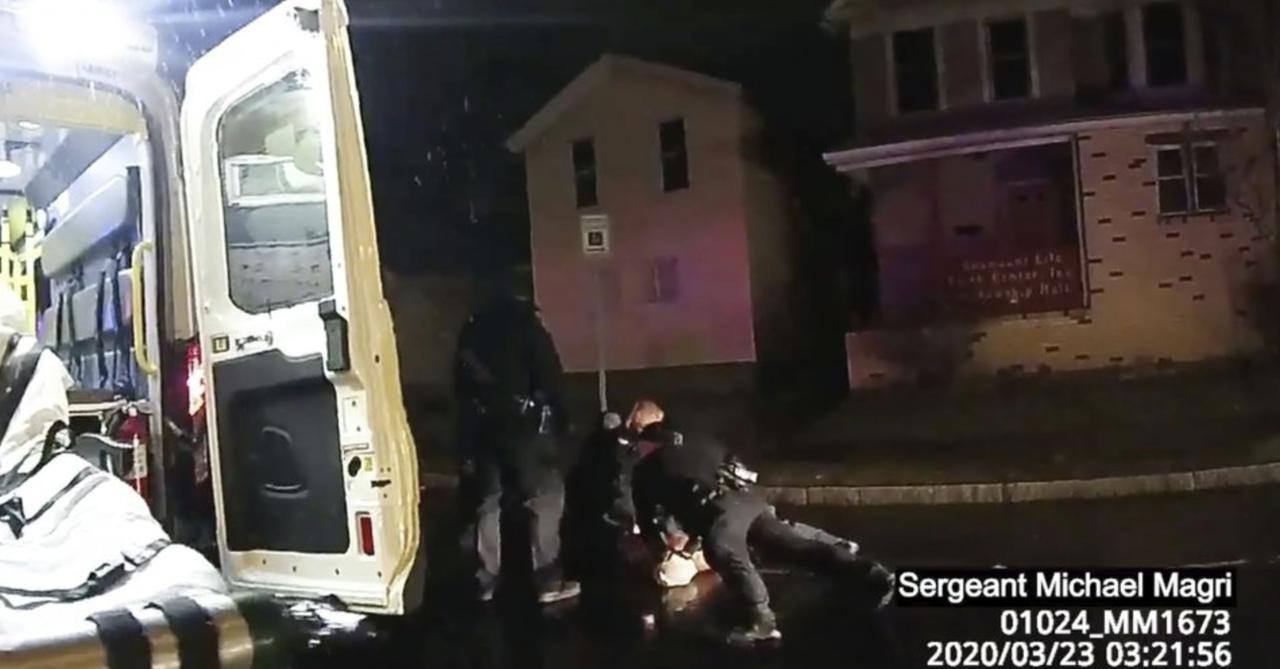Why We Need Landlords
Tyler Durden
Thu, 09/03/2020 – 20:00
By Bradley Thomas of Mises.org,
A tweet by the widely followed “Existential Comics” account recently made the rounds. It might be easy to dismiss, but with more than 345,000 followers, the account apparently appeals to a lot of like-minded people.
The tweet caught my eye in large part because of how many people liked what amounts to a very economically ignorant and naïve “pop quiz.”
The point of the sarcasm, of course, was to demonize any greedy people who believe in private ownership of housing. How coldhearted you must be to support landlord ownership of housing! Don’t you know greedy landlords will just rent to the richest and leave the poor homeless? That’s what the profit motive does!
The only acceptable answer for any decent person, of course, would be for the housing to be “distributed” in a more equitable manner. Apparently, we are not supposed to think about the great inequality between the rulers granted the power to distribute such important resources like housing and those reliant on the whims of the rulers for their housing.
Nevertheless, the profit motive is clearly the villain in this story, under the belief that a more equitable means of distribution is desirable.
Below are three main points demonstrating the fallacies contained in this tweet.
It Begins at the Ending
The most obvious problem with this “pop quiz” is that the starting point is one in which 100 houses already exist. But houses don’t just exist in a state of nature. They need to be produced, using scarce resources like labor, land, lumber, sheetrock, and many others.
The houses must be produced before they can be “distributed.” The pop quiz ignores this, instead just assuming the houses exist with no recognition of how they got there in the first place.
Moreover, isn’t it convenient that the “quiz” also assumes a hundred houses on an island of a hundred people?
Why did the builders choose to build a hundred houses? The easy answer is that there are a hundred people on the island.
But so what?
Not everybody wants to live in a house by themselves. Suppose that the hundred people on the island consist of twenty families of four. In that case, twenty houses would have been sufficient, and the other seventy-five would be sitting empty.
There must be some coordination process involved in communicating to the builders how many houses the island’s inhabitants desire. This process is also just assumed away in the pop quiz.
The Coordination and Economic Calculation Problems
This leads us to the next major issues of the “pop quiz,” namely its ignorance of the coordination and economic calculation problems.
As stated above, why would builders choose to build one hundred houses? What if instead twenty-five or fifty would be more in line with consumer preferences? Without a profit motive incentivizing the efficient use of scarce resources with alternative uses, combined with a price system based on private ownership of property, there is no way for producers to coordinate their plans to align with the preferences of consumers.
Prices will communicate to producers where scarce resources are most urgently demanded by consumers, while the profit motive encourages the most efficient uses of resources to meet that demand. If too many houses are being built, prices will fall and incentivize producers to invest in other lines of production. If too few houses are being built, prices will be bid up and encourage more home building. That’s the profit motive at work.
Without this process of coordination, how are the preferences of consumers to be determined? This is among the questions Existential Comics (EC) doesn’t want you to ask.
Even if the problem of coordinating the right number of houses to be built can be overcome, what about how to build those houses? Technologically, houses can be built with any number of materials. But without markets in the means of production, how can the home builders economize on their construction?
In other words, they can choose from bricks, lumber, aluminum or vinyl siding, any number of metals or PVC for plumbing, etc. Without prices in the means of production, builders might, say, choose titanium or platinum for the plumbing in the homes. This would divert those scarce materials away from more highly valued uses such as life-saving medical devices.
Society would be deprived of a far more valued use of these materials, because they would be used up in the construction of the housing, when cheaper and more abundant steel or iron would have been sufficient.
It’s the very efficiency in the pursuit of profit that EC demonizes that helps minimize opportunity costs and therefore ensures that society is not being deprived of goods it more urgently needs.
Which System of Distribution?
All economic goods are by definition scarce and must be distributed according to some system.
From his “pop quiz,” we can reasonably infer that EC proposes empowering a dictator or other ruling body to evenly distribute resources. He somehow feels this is more fair and just than a system based upon private property, exchange, and the profit motive.
But how is that fair? Those with relationships closest to the rulers would leverage those crony relations, while others would bribe the decision-maker to get preferential treatment. One hopes that EC is not so naïve as to think that granting individuals such broad powers would not corrupt them. After all, if he thinks capitalist landlords are greedy and cannot be trusted, what makes him think that planning bureau chiefs will not also game the system for personal gain?
Furthermore, as Hayek taught us, such positions of power would be sought out by the very people who desire that kind of power over others. Whether it’s corrupt people seeking those positions of power or people being corrupted by them, it surely won’t be long before such power would be abused.
Society and the economy are not so simple that there is always a perfect match between available resources and consumer needs, as in EC’s overly simplistic pop quiz. The planning boards would have to make decisions distributing scarce resources that favor some and leave others out. This is the perfect recipe for corruption, and not more just in any sense of the word than a system of production and exchange based on private property.
Conclusion
The profit motive is a popular target of progressives and socialists. But the criticisms are often based on misunderstandings of how a market economy based on private property works. One cannot just decree an even “distribution” of scarce resources like housing without considering how those houses were produced in the first place.
Moreover, market economies based on production and exchange of private property have proven to be the best creator of wealth and the greatest enemy of poverty the world has ever known. Efficiencies driven by the profit motive are what is responsible for the massive eradication of poverty and astonishing improvements in our standard of living and quality of life.
People like Existential Comics do us a grave disservice by taking it for granted.
via ZeroHedge News https://ift.tt/3515cgg Tyler Durden


